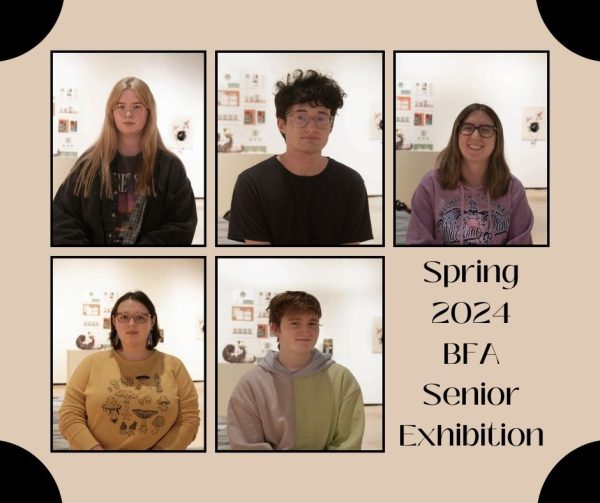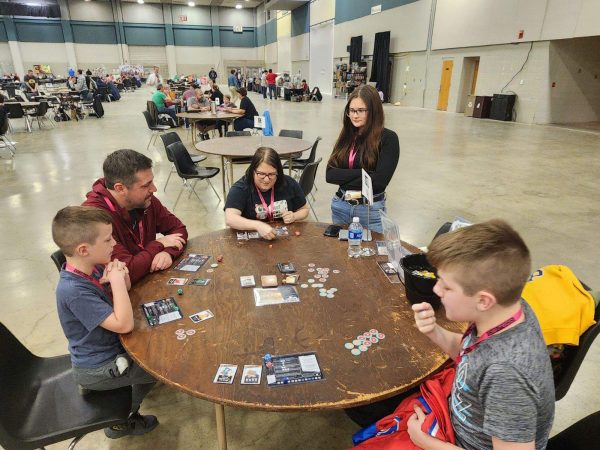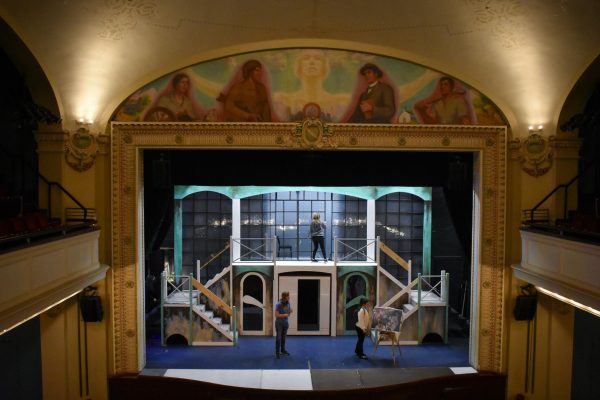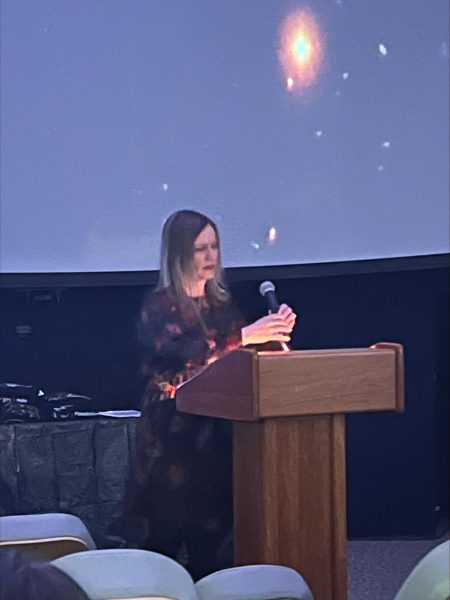Picking up the Pieces: “The Lego Movie”
Movies are a social experience. As a society, it is rare that we watch movies alone. They have become a gathering place for everyone at some point as we seek to entertain ourselves for an hour and half at a time.
Our opinions of films are often shaped before we enter the theater as we hear about critics and a general good or bad vibes that follow a film from the first trailer to the final release. The last two movies I have reviewed, “Her” and “Lone Survivor,” I saw on my own and thus created an opinion that was much my own with very little outside input. This time I saw the film with a few friends and, without one in particular, this would have been a different review.
I walked out of the the theater not knowing what to really think of the film. On one hand, “The Lego Movie” is fantastically animated and incredibly detailed. On the other hand, it was confusing and rushing in seemingly all directions at once.
The animation is superb as they have created a rich world that feels alive and really draws the viewer into the frame. If you grew up playing with Legos, you will feel right at home. The world is one that we all imagined at some point in our days building with the tiny bricks. The main character works on a construction site and we hear other Lego people calling out for certain pieces just like we did as kids building with friends. It feels like the world we would create with legos of our own.
Yet, this leads to one of my biggest issues with the film and that is the use of shallow depth of field. Otherwise, when only a small plane of the frame is in focus.
So, for example, say the objects right in front of the camera are out of focus as well as the background, but the actor in the middle of the screen is in focus. This is perfectly normal and accepted in normal films, but it is often not as utilized in animation because they do not have to worry about the limitations of a camera.
The world of “The Lego Movie” is so rich and vibrant that they use this technique to draw your attention to the action, yet it really feels like they are walling off their own creation.
The focus may be on the character that is talking, but there is so much more going on behind them that it irritates me that it is out of focus and marginalized. Every time I really wanted to look at the world beyond what they wanted the focus to be on, the blurriness kept pulling me out of the film. I may be alone in this view simply because of my experience on the production side of films, but it was an unexpected choice that really bothered me.
One of the biggest social things about a film is how we interpret the story and plot. We all have our own experiences that lead to what we think of a story and this story simply had me wondering. It seems incoherent at times, and it was really my friend Sam that helped me work through what I thought of this film. To be honest, most of this section is his ideas that he threw forward that have been processed my brain.
One of the first things he mentioned was this film seems like a perfect example of “jack of all trades, master of none.” The story focuses on a dystopian world where everything is perfect, yet, the leader Lord Business, is going to have it destroyed in three days. His motivation is simply that he wants the world to be perfect and in his image. But the world of the main character, Emmet, is a Brave New World dystopia.
For younger viewers, it seems like a perfect world where everyone is happy, but for the older crowd, it screams of literary influence. Normally this is not necessarily a bad thing, but as the film wears on, you just get the idea that this film is trying to be everything to everyone when it didn’t really have to be. It just feels like this story goes every which way without ever really making its own path.
In the end, it really is a kid’s movie, but it is easy to tell that the filmmakers included these higher concepts in hopes to hook those of us in the college age group that grew up with Legos.
So far, you have a pretty solid understanding that I didn’t like the movie at all. This could actually not be farther from the truth. I really enjoyed the movie and had lots of laughs.
For all of its flaws, it ultimately is very successful because it really is a playful movie that is not against making fun of itself. The movie could easily have been a two hour commercial for a new lego set, but it was something new.
One of the great parts was when they explained how the world was laid out and that it was divided up into sections based on the set of Legos. From the Wild West set to the Lego City each area was given a new personality and it kept the film fresh as they moved about the world.
The cameos were also fantastic. Will Arnett’s Batman was hilarious. Others, such as Charlie Day as a generic 80’s astronaut and Jonah Hill as The Green Lantern killed it, in their small appearances. The movie features many other cameos that were a surprise, but it worked well and kept you guessing as to who just might show up next.
There are also several twists to this movie that make it something more than just the formulaic hero movie that I first expected. One of these twists makes some of the story parts more palatable, yet it still didn’t solve the issue for me.
However, thinking back, Sam offered one more thought that changed how I looked at this; it’s that total freedom is as bad as total control.
To me, he is right; as anarchy means almost nothing gets accomplished, while total control assures that nothing will reach its best conclusion due to lack of outside ideas and influence.
Though, in the end, “The Lego Movie” is worth a watch and one that will bring laughs to everyone. Yet, those that grew up with Legos will have many more moments that bring them back to the days of spending all day building that really awesome spaceship.












